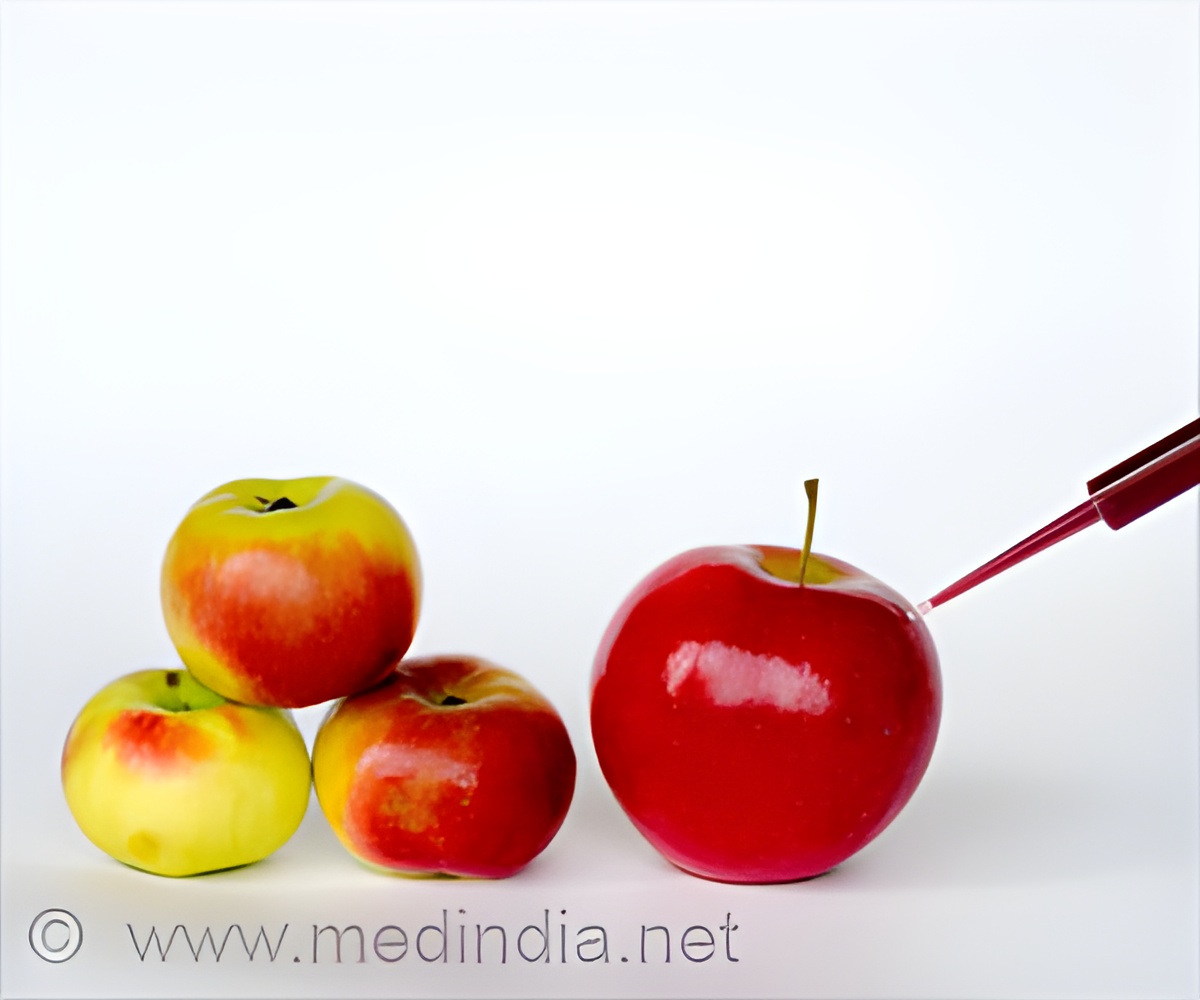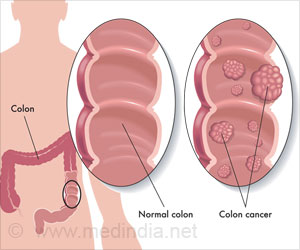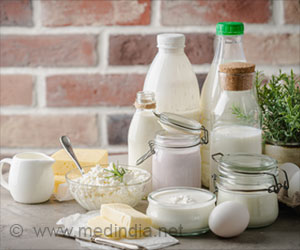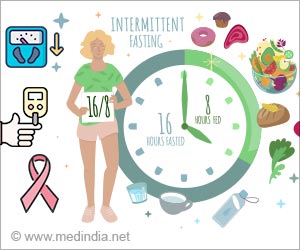New national reference laboratory has developed analytical methods for food additives and flavorings. The laboratory is set up at the German Federal Institute for Risk Assessment.

‘The established analytical methods should be made available not only to the food control authorities, but also to food business operators and commercial laboratories in cooperation with the German Federal Office for Consumer Protection and Food Safety (BVL).’





"The new national reference laboratory develops analytical methods for food additives and flavorings and contributes to their standardization," says the BfR President Professor Dr. Dr. Andreas Hensel. "With this we support the food control authorities of the federal states." In addition, it is checked whether the flavorings that determine the taste of a food are of natural or synthetic origin.
Analytical methods are also needed to detect food additives and flavorings that are not permitted in order to uncover unauthorized use and to increase food safety.
Food manufacturers in the European Union are allowed to use around 320 food additives for technical purposes. And around 2500 permitted flavorings enable them to give foods any taste they want.
Often different substances are added to food, as a glance at the label of many food items shows. So far, however, standardized analytical methods have only been developed for comparatively few food additives and flavorings.
Systematic monitoring of the use of food additives and flavorings is therefore only possible to a limited extent in Germany and the EU as a whole.
Advertisement
According to the EU regulations on food additives and flavorings, such a monitoring is mandatory.
Advertisement
The large number of additives that can be used in different combinations highlights the need to priorities the development, validation and standardization of detection methods. This will be achieved in a risk-based manner.
At the top of the list of priorities are additives for which an Acceptable Daily Intake (ADI) is set. These include, for example, preservatives, colors, sweeteners and emulsifiers.
In the case of these substances, the aim is to determine as precisely as possible how far the acceptable daily intakes are exhausted by the various age groups, on the basis of the concentration data and available consumption data for the various foods.
In order to cope with this task, the food control authorities also require so-called multi-analysis methods, which allow various additives of a functional group to be determined quantitatively in a food sample and in a single analysis run.
This new task requires the BfR to draw, on the one hand, on its own experiences, for example in wine analysis, the analysis of feed additives and in previous projects to test food authenticity.
On the other hand, it is also part of a well established network, both nationally and internationally, and will be able to draw on the knowledge available from national and international partners to develop analytical methods.
The established analytical methods should, among other things, be made available not only to the food control authorities, but also to food business operators and commercial laboratories in cooperation with the German Federal Office for Consumer Protection and Food Safety (BVL) by setting standards as part of the Official Collection of Methods of Analysis according to § 64 of the German Food and Feed Act (LFGB) or via databases.
Source-Eurekalert















